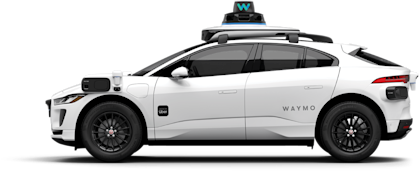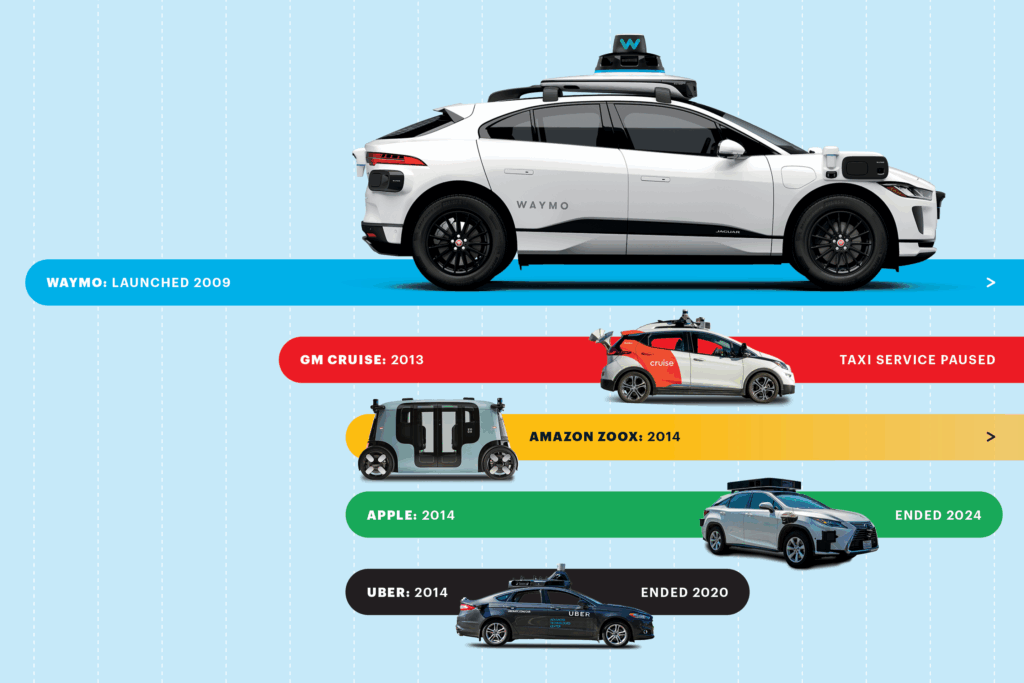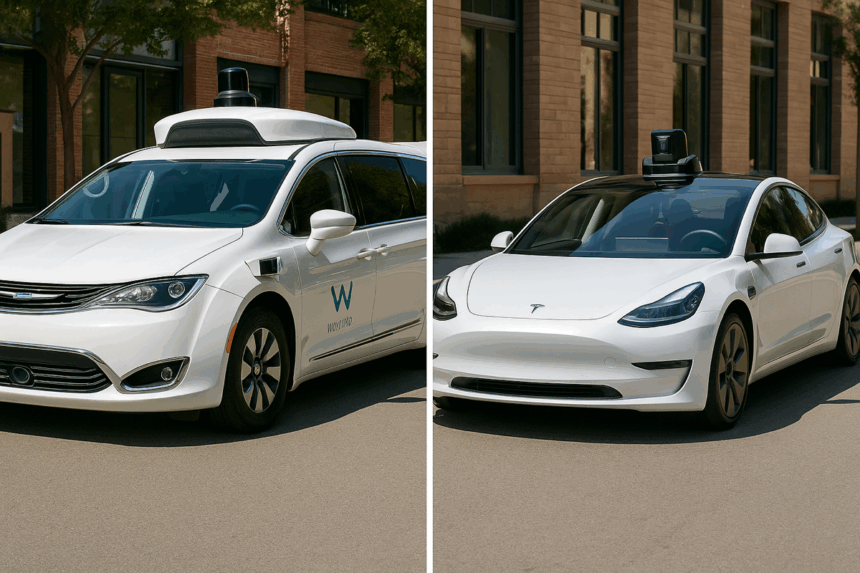Autonomy drives deeper into U.S. cities as two giants navigate their fleets into more streets, states, and traffic patterns. The expansion is in the fast lane: robotaxis aren’t novelties; they are nearing the norm. And competition is speeding up.
What’s Happening & Why This Matters
Waymo spreads its footprint across the U.S.

Waymo’s rider-only service enters five new cities — Dallas, Houston, Orlando, Miami, and San Antonio — with employees already riding without onboard operators in Miami. The company tests in other U.S. metros and abroad, including Detroit, Las Vegas, Nashville, New York City, San Diego, Washington, DC, Tokyo, and London.
Waymo says it compares each city’s driving performance against its internal baseline to validate the Waymo Driver. The team then tunes its system for local quirks. Waymo adds that those quirks shrink with every launch.

The company recently added freeway operations in Los Angeles, Phoenix, and San Francisco. Freeway access trims travel times and brings the service closer to full-range driving.
Tesla Begins Robotaxi Service in Arizona

Tesla earned approval to run its robotaxi program in Arizona after receiving a Transportation Network Company (TNC) permit. The EV maker started early trials in Austin with a small fleet and is building Phoenix operations before targeting Nevada and Florida.
Tesla’s cars run with human operators in Austin, San Francisco, and now Arizona as the system matures.
Sharper Competition
Waymo’s footprint is 400 autonomous vehicles in Phoenix, plus full operations in San Francisco, Los Angeles, Austin, and Atlanta. Tesla aims for fast entry in new states as its system improves. Zoox — owned by Amazon — is running free trials in San Francisco and Las Vegas.
Robotaxis are no longer experiments. They’ve thrust themselves into daily life in large cities with real ridership, real performance data, and real expectations.
Autonomous transport is a sector where rivals race on scale, safety, reliability, and speed of deployment. Cities adjust infrastructure. Regulators watch closely. Riders develop comfort and familiarity. The momentum is on full service, not testing.

TF Summary: What’s Next
Waymo is stretching its lead with more cities, more miles, and new freeway capability. Tesla is climbing into new terrain playing catch-up. Zoox is advancing in two markets. The U.S. is a dense testbed for full autonomy.
MY FORECAST: Robotaxis reach more streets, riders, and states as companies race for scale. The contest’s pillars are policy, mobility patterns, and public trust.
— Text-to-Speech (TTS) provided by gspeech


